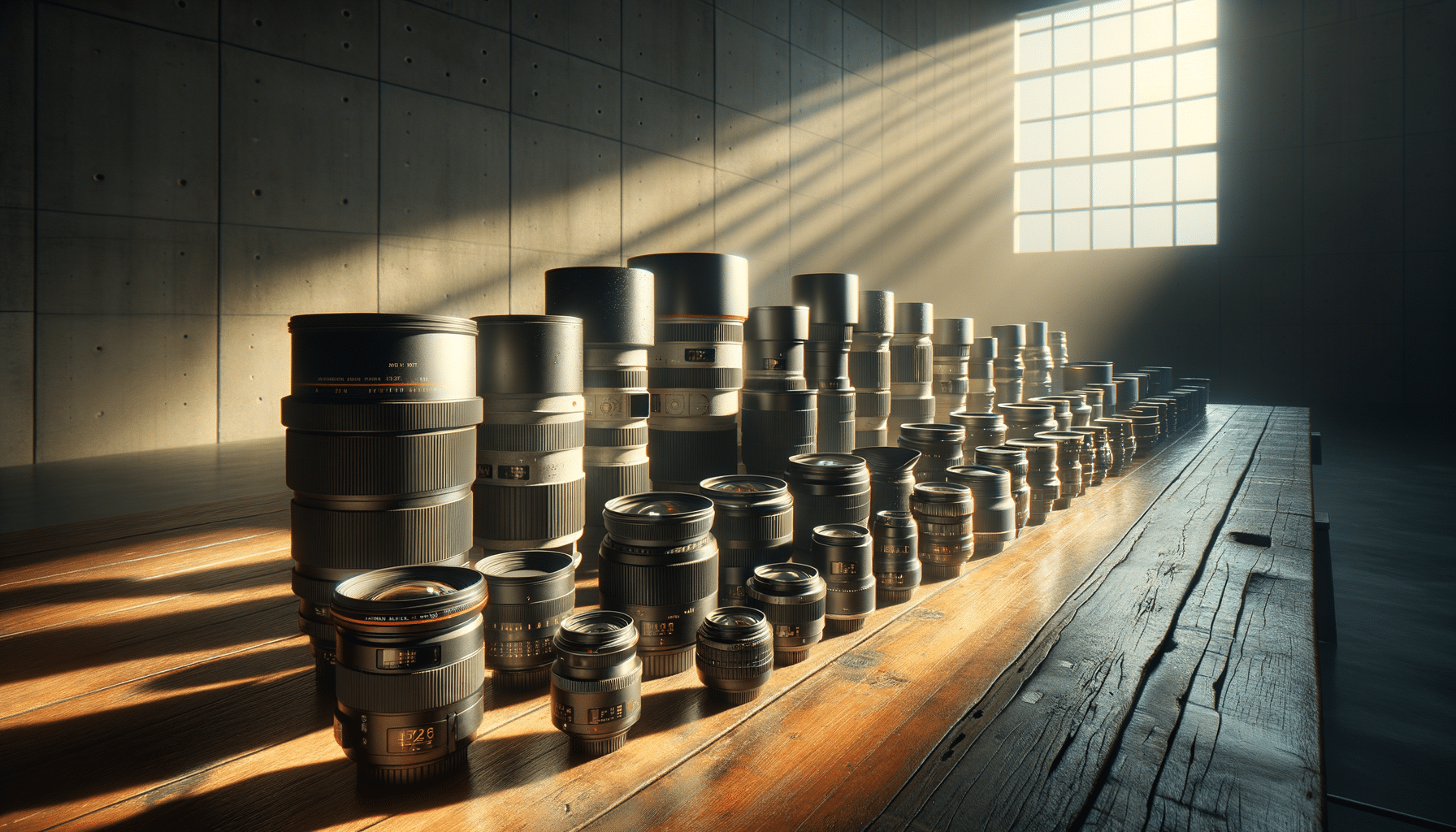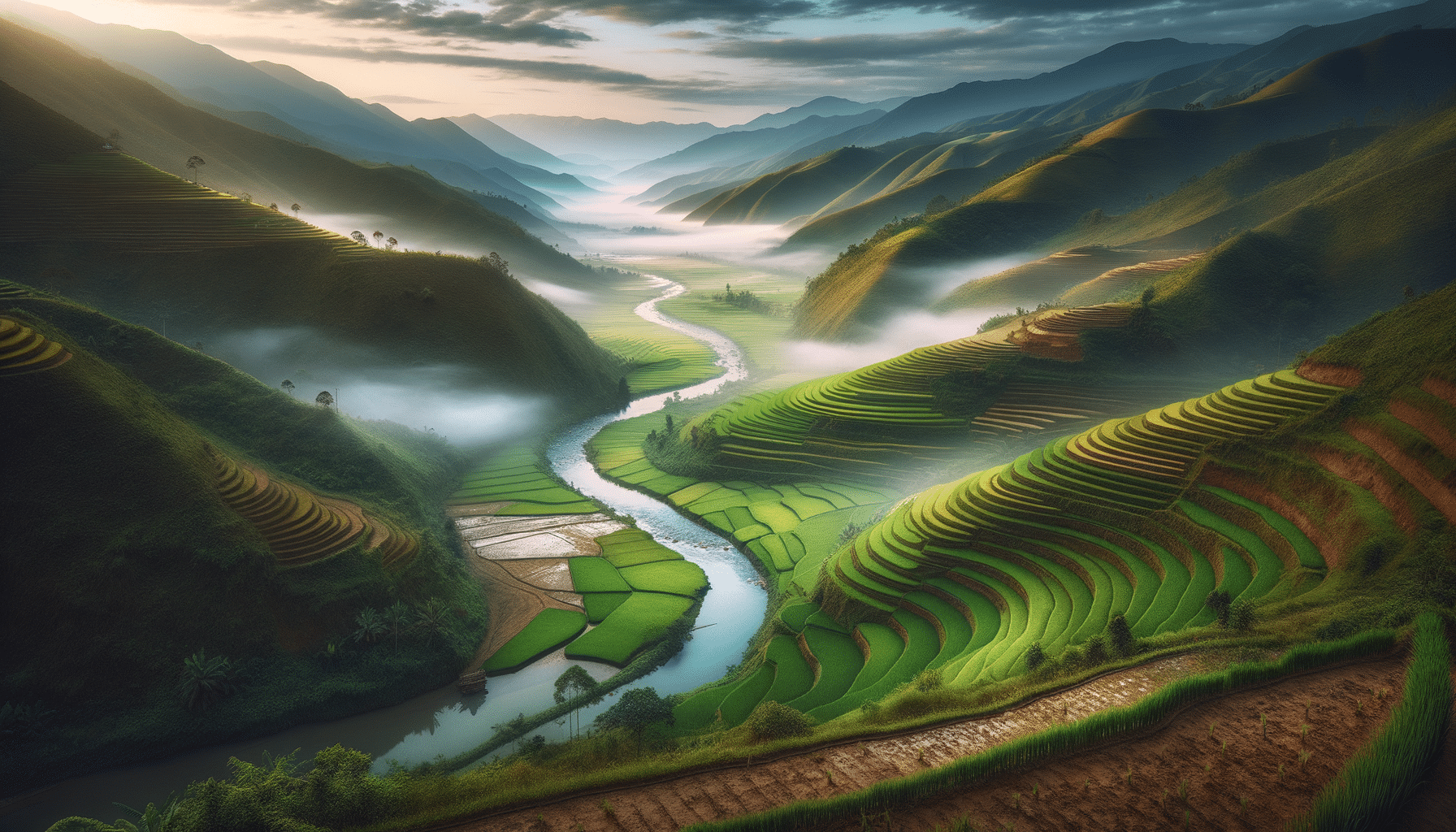
Introduction to Camera Lenses
Camera lenses are the eyes of photography, capturing the world in diverse perspectives and transforming moments into memories. Whether you’re a seasoned photographer or a beginner, understanding the intricacies of camera lenses can significantly enhance your photographic journey. These optical devices are not just about magnification and focus; they are about crafting the narrative you wish to portray through your images.
The importance of selecting the right lens cannot be overstated. Different lenses offer varied focal lengths, apertures, and designs, each contributing to the final image in unique ways. From capturing vast landscapes to focusing on intricate details, the choice of lens plays a crucial role in the outcome of your photographs. This article delves into the various aspects of camera lenses, providing valuable insights into their functions, types, and impact on photography.
Types of Camera Lenses
One of the most fundamental aspects of camera lenses is their classification based on focal length and design. Here’s a closer look at some of the primary types:
- Prime Lenses: These lenses have a fixed focal length, which means they do not zoom in or out. They are known for their exceptional quality and are often favored for their ability to produce sharp images and beautiful bokeh effects.
- Zoom Lenses: As the name suggests, these lenses offer a range of focal lengths, allowing photographers to zoom in and out without changing lenses. They provide versatility, making them ideal for dynamic shooting environments.
- Wide-Angle Lenses: These lenses have a short focal length, enabling them to capture a broader field of view. They are perfect for landscape photography and architectural shots where capturing as much of the scene as possible is essential.
- Telephoto Lenses: With a long focal length, telephoto lenses are designed to capture subjects at a distance. They are commonly used in wildlife and sports photography, where getting close to the subject might not be feasible.
Each type of lens serves a specific purpose and choosing the right one depends on the photographer’s needs and the story they wish to tell through their images.
Understanding Lens Specifications
When selecting a camera lens, understanding its specifications is crucial to making an informed decision. Here are some key specifications to consider:
- Focal Length: Measured in millimeters, the focal length determines the angle of view and how much of a scene will be captured. A shorter focal length means a wider angle of view, while a longer focal length results in a narrower angle.
- Aperture: Indicated by an f-number (e.g., f/2.8, f/4), the aperture controls the amount of light entering the camera. A lower f-number means a larger aperture, allowing more light and creating a shallow depth of field.
- Image Stabilization: This feature reduces the blur caused by camera shake, especially useful in low-light conditions or when using long focal lengths.
- Lens Mount: Different cameras require different lens mounts, so ensuring compatibility with your camera body is essential.
Understanding these specifications helps photographers select lenses that align with their creative goals and technical requirements.
The Impact of Lenses on Photography
Camera lenses significantly impact the style and quality of photographs. The choice of lens affects:
- Composition: Different lenses offer varied perspectives, influencing how a scene is framed and composed. Wide-angle lenses can capture expansive landscapes, while telephoto lenses isolate subjects with precision.
- Depth of Field: The aperture and focal length of a lens determine the depth of field. Prime lenses with wide apertures create a shallow depth of field, perfect for portrait photography where the subject stands out against a blurred background.
- Image Quality: High-quality lenses reduce aberrations and distortions, resulting in sharper, clearer images. Investing in a good lens can often make more difference than upgrading the camera body itself.
Thus, the lens you choose can transform your photography, allowing you to express your vision with clarity and creativity.
Conclusion: Choosing the Right Lens
In conclusion, camera lenses are more than just tools; they are gateways to exploring the world through photography. Understanding the various types, specifications, and their impact on images is essential for any photographer looking to enhance their craft.
When selecting a lens, consider your photographic goals, the environments you will be shooting in, and the stories you wish to tell. Whether you’re capturing the grandeur of a mountain range or the subtle beauty of a flower, the right lens can make all the difference.
Ultimately, the journey of photography is about experimentation and discovery. With the right lens, you can unlock endless possibilities and capture the world in ways that resonate with your creative vision.


